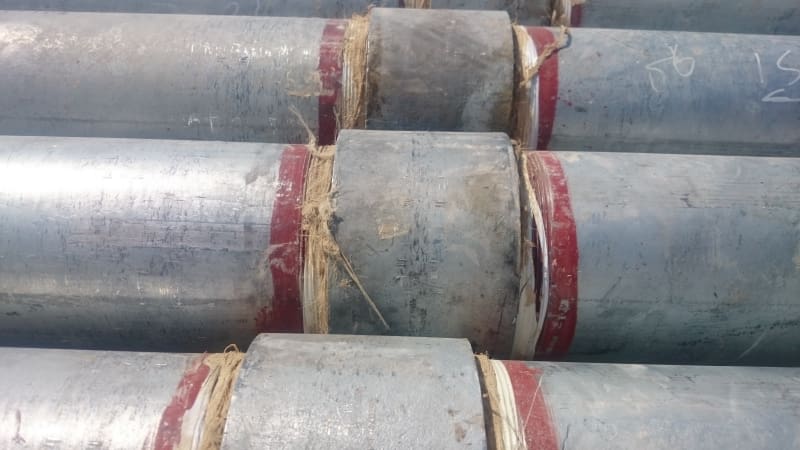mmbguide
Mechanical
- Apr 8, 2016
- 38
hello
Design Code ASME B31.3
We have threaded joint in Galv. pipe 6" but, about 2 centimeter of thread of pipe remain out of coupling and assume that some of them shall be sea welded and my concern is exposed thread of pipe. what shall I do? can I grind the thread to remove exposed thread or is not necessary? if seal weld had been required, is it necessary to grind all exposed thread of pipe?
thank you all
Design Code ASME B31.3
We have threaded joint in Galv. pipe 6" but, about 2 centimeter of thread of pipe remain out of coupling and assume that some of them shall be sea welded and my concern is exposed thread of pipe. what shall I do? can I grind the thread to remove exposed thread or is not necessary? if seal weld had been required, is it necessary to grind all exposed thread of pipe?
thank you all

